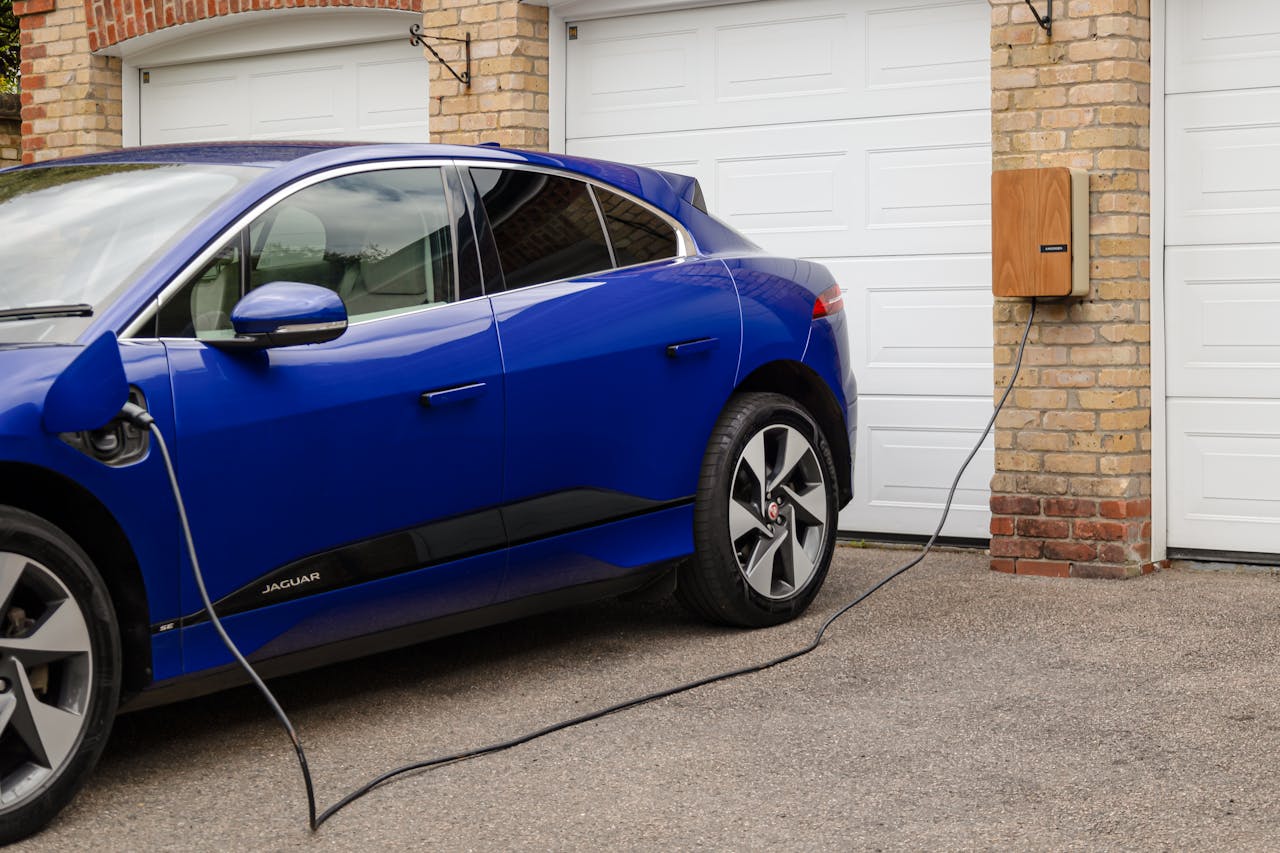The future of electric vehicles (EVs) in India is poised for a major transformation, with both the government and private sector driving rapid growth in technology, infrastructure, and consumer adoption. The country is set to become one of the world’s largest EV markets by 2030, propelled by sustainable energy goals, supportive policies, and strong industrial investment.
Governmental Push and Policy Initiatives
India’s progress in electric mobility is largely anchored in policy support through schemes like FAME II and the Production-Linked Incentive (PLI) program. Under FAME II, the government has allocated ₹10,000 crore to provide purchase subsidies and expand public charging infrastructure while incentivising local manufacturing. Additionally, import duties on EVs were slashed to encourage global manufacturers to invest in domestic production facilities.
The 2025 Union Budget extended tax exemptions to 35 categories of EV battery-making equipment to strengthen India’s lithium-ion cell ecosystem. Under programs such as PM e-Drive and Bharat Mobility Global Expo, India’s vision is to position itself as an export hub worth $100 billion by 2030. For more insights on India’s evolving mobility landscape and sustainability milestones, readers can explore reports on transformative industrial developments and green economic goals.
Accelerated Market Growth
Electric vehicle adoption has surged in recent years, with 36.39 lakh registrations recorded in the past five years, accounting for 3.38% of total vehicle sales. Two- and three-wheelers dominate this growth, representing more than 60% of total EV units sold, driven by affordability and urban demand. Industry data shows that India’s EV sales increased by 20% in 2025 compared to the previous year, despite global headwinds.
By 2030, India targets 80% EV penetration in two- and three-wheelers, 40% in buses, and 30% in passenger vehicles. Companies such as Tata Motors, Mahindra, Hyundai, and Ola Electric are leading innovation by launching new models with greater range and faster charging times. As the EV sector expands, it also fuels skilled job creation, encouraging educational institutions and startups to align with the fast-growing ecosystem. Readers can discover analyses on market dynamics shaping modern industries to understand broader investment prospects.
Infrastructure Expansion and Challenges
While India’s charging network has grown exponentially—from 1,800 public stations in early 2022 to over 16,000 by 2024—coverage remains heavily concentrated in urban centres. The Confederation of Indian Industry (CII) projects that India will require over 1.3 million charging stations by 2030 to meet demand. To achieve this, public-private partnerships are paving the way for smart charging grids, renewable integration, and decentralised infrastructure solutions.
However, several challenges persist—high battery costs, dependence on imports for critical minerals, policy uncertainty, and limited standardisation in charging technologies. Additionally, rural areas still face limited access to grid stability and infrastructure. Detailed insights on innovative infrastructure projects can be found in emerging policy and technology coverage, which highlights how India is bridging these critical gaps through sustainable engineering.
Environmental and Economic Impact
Transitioning to electric mobility offers India significant economic and environmental advantages. Reduced dependence on oil imports will improve trade balance and enhance energy security, while EVs are expected to cut carbon emissions drastically, aiding India’s commitment to achieving net-zero emissions by 2070. Furthermore, the government’s focus on renewable energy integration ensures that future EVs will operate on cleaner grids, amplifying sustainability benefits.
The economic ripple effect of EV expansion is equally vital, potentially unlocking a $200 billion opportunity through domestic manufacturing, exports, and job creation. For instance, the battery supply chain alone could become a multi-billion-dollar sector by the end of the decade. Readers can explore perspectives on innovative sustainability policies and renewable incentives for a deeper understanding of how economic policies align with clean technology transitions.
The Road Ahead
Looking forward, India’s success in transitioning to an electric vehicle economy will depend on consistent policy continuity, financial reforms, and technological evolution. Comprehensive skill development programs must accompany industrial transformation to ensure a capable workforce that can sustain innovation in manufacturing, maintenance, and charging networks.
As collaborations between automakers, energy companies, and digital startups increase, India is laying the groundwork for a mobility ecosystem defined by affordability, accessibility, and sustainability. The coming decade will likely witness an exponential rise in consumer adoption as incentives align with infrastructure readiness. Those keen to follow business innovation and policy reforms can visit insightful analyses on technology-driven progress for updates on India’s mobility revolution.
In essence, India’s electric vehicle future stands at the intersection of innovation and inclusivity. With strategic investment, forward-thinking governance, and public participation, the country is steering confidently toward a cleaner, self-reliant, and electrified transportation era.
